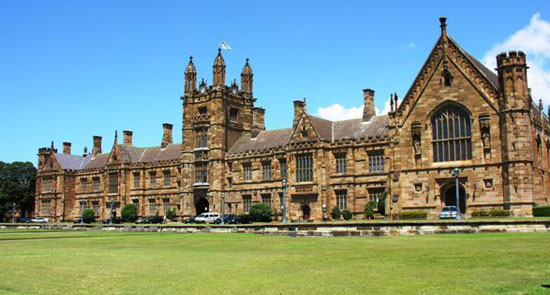
Many people in higher education thought that their new minister, Christopher Pyne, would be fully occupied as leader of the house and minister for schools. But media interviews published today — signalling several potential higher education changes, including removal of the compulsory fee used to support student services — suggest otherwise.
Since the 1970s, influential Liberals have opposed this fee. The movement for voluntary student unionism, as the Liberals typically describe their cause, has its origins in campus politics of the era. The Liberals saw this compulsorily acquired money as the Achilles Heel of their campus opponents on the Left. Without the revenues coming in from student union fees, the Left would on the Liberal analysis be a much-diminished campus force. Students who did not like student politics or use the services funded from the fee often sympathised with the VSU cause.
But because student amenities fees funded much more than just campus politics, university vice-chancellors never supported the VSU campaign, despite their own problems with student political activists. University sports, clubs, social activities and student welfare services were often funded from the fee. Vice-chancellors saw these as important parts of university life.
The Liberals ignored the vice-chancellors, and in a close 2005 Senate vote succeeded in abolishing the compulsory fee. Labor let universities charge amenities fees again from 2012, but in a way that signalled the long-term impact of the VSU campaign. The money could only be spent on a list of purposes set out in the legislation, with payments to political parties or campaigning for local, state or federal elections expressly prohibited. The total fee was capped, at $273 per student per year for 2013. This is well below the fees charged by some universities prior to 2006.
The Liberal reforms had a lasting influence on the way student services are delivered. They delivered shock therapy to student service delivery. The previously deregulated fee had allowed some bad practices to survive while the rest of the university sought efficiencies as Commonwealth funding was cut. Universities increasingly brought student services under their direct control. Some universities found they could deliver similar services at much lower cost than the previous student-controlled organisations.
Although direct university control of non-academic services was often triggered by VSU, it fitted with other long-term trends in higher education. As higher education became a competitive market, especially for international students during the Howard years, universities needed control over the full package of services on offer. International students tend to use campus services more than local students, and so they are important to overall university marketing.
Even if the Liberals succeed in repealing Labor’s reforms, universities have already found a workaround for international students. The need for a separate fee was an artefact of Whitlam-era Commonwealth regulation of student charges for undergraduate domestic students. Under free education, universities could not charge for academic services, but could for non-academic services. Later, HECS was a government price-capped charge for academic services, leaving universities free to charge for non-academic services.
But for international students in a deregulated fee market, two different fees for one bundle of services is unnecessary. It is much more straightforward to have one fee, which is what many universities now do for international students.
This is a precedent the Coalition should investigate for Commonwealth-supported students rather than revisiting the voluntary student unionism issue. They could just increase all student contribution amounts by $273 and let universities decide how the money is spent. This would add new internal university disciplines for how money currently quarantined for student amenities is spent. Universities would have to decide whether it was best to spend all the money on non-academic services, some of it on academic improvements, or to not charge it all and compete on price.
Rather than revisiting a ’70s political dispute, this reform would be aligned with the competitive circumstances in which all universities now find themselves. For some with large numbers of school leavers, extra campus services are likely to be the best option. For universities targeting online or part-time students, lower fees or more academic services could be the better option. Any would be better than government trying to tell universities what services they should offer.







“abolishment” per-lease!!
This is an abbot favourite. Still anti education, anti science and anti everything dummy spitting 30 years later.
The Coalition could even implement the Nationals’ 2013 policy platform:
‘University councils should have the power to include, in setting their fees, an amount to cover a limited range of student services, particularly the sporting and recreational facilities that enhance the university experience.’ (Page 21)
Labor should have done the same but preferred its much more complicated scheme to appeal to its student supporters, thus making the student services and amenities fee more vulnerable to the Liberals’ predictable ‘voluntary student unionism’ attack.
May I point out that the noun from the verb ‘to abolish’ is abolition, not abolishment as in the title to your article.
Beverley Penwill.
Abolishment reminds me of the Crikey journo who used the phrase “hating on” in a “think”piece on Sophie Mirabella.